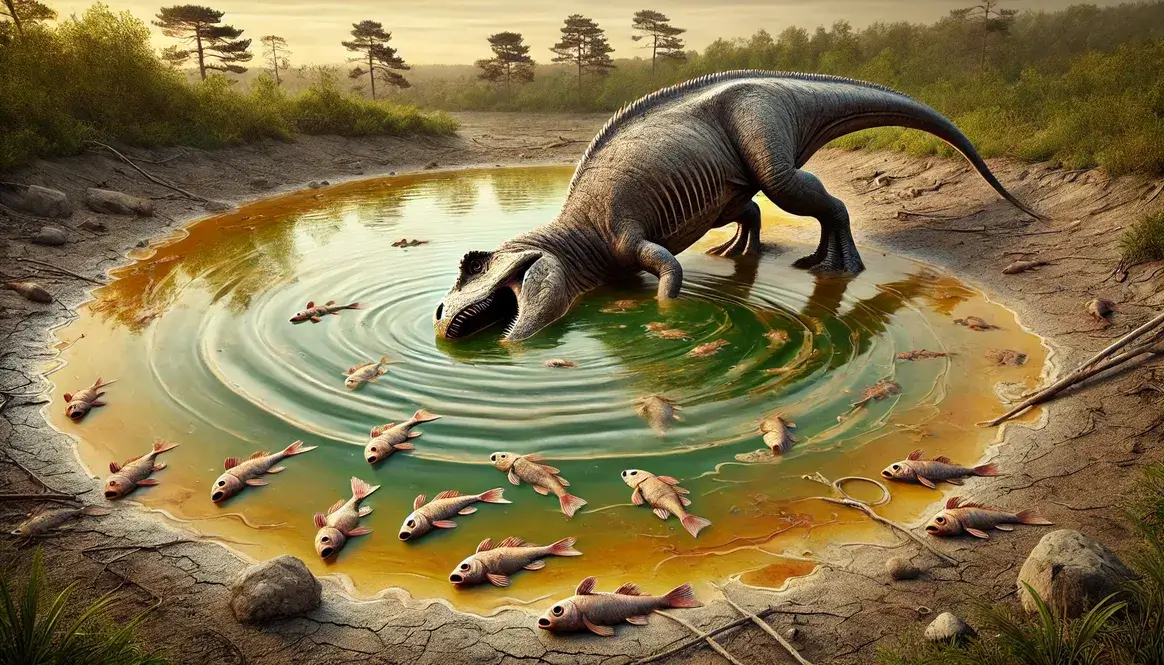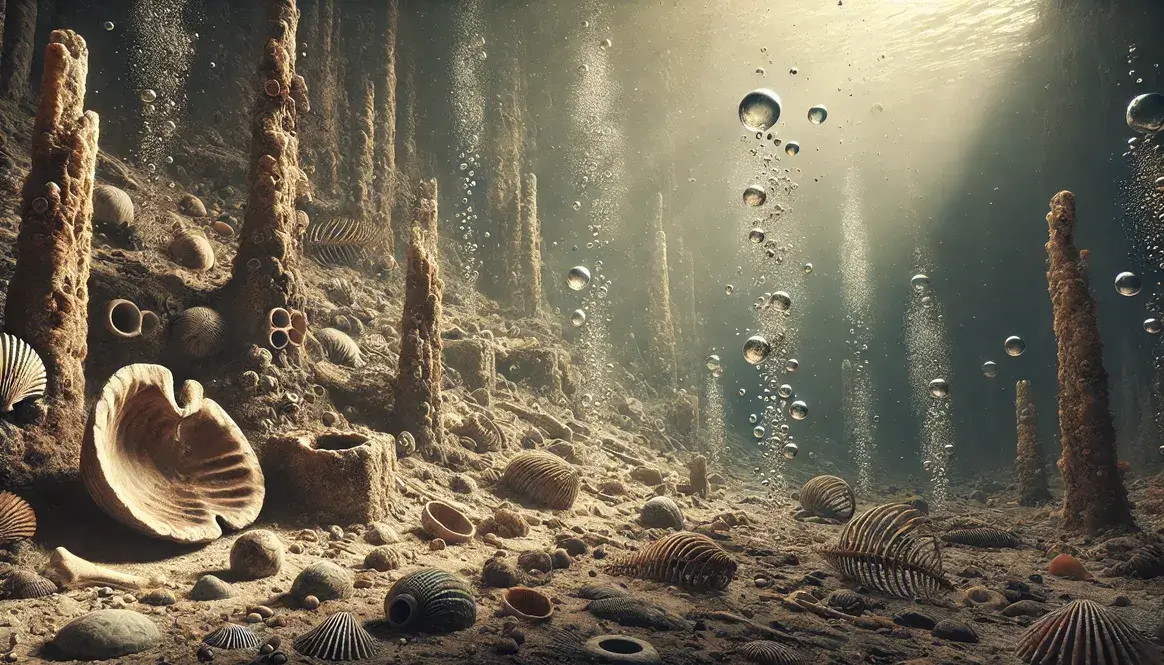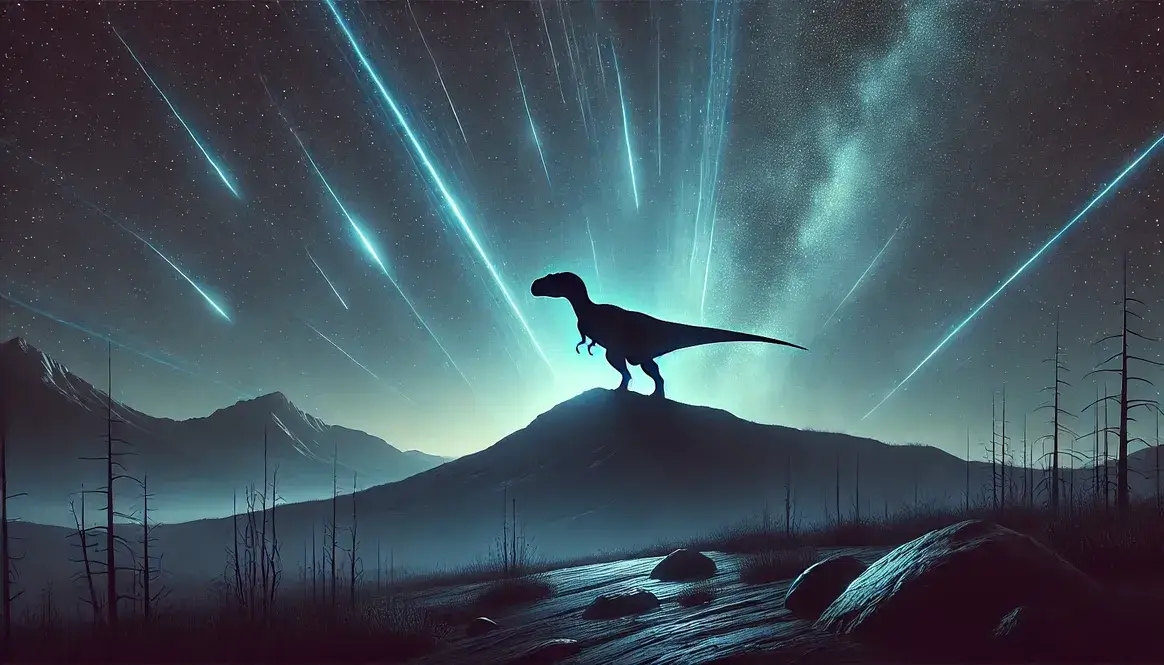Dinosaur eggs needed to be both strong and light to protect their precious contents. These remarkable structures show us how dinosaurs kept their babies safe before they hatched. Modern science has revealed that dinosaur eggs had special features that made them tough enough to survive, while still allowing baby dinosaurs to break out when ready.
| Dinosaur Egg Characteristics | Facts About Strength |
|---|---|
| Shell Thickness | 0.5mm to 3mm thick, similar to modern ostrich eggs |
| Shell Structure | Multi-layered with special crystal patterns for added strength |
| Protection Features | Hard calcium carbonate shell with flexible protein matrix |
| Nest Protection | Buried in soil or sand, covered with vegetation |
| Comparison to Modern Eggs | As strong or stronger than large bird eggs today |
Were Dinosaur Eggs Fragile?
No – dinosaur eggs were surprisingly strong. Scientific studies of fossilized dinosaur egg shells show they were built to withstand significant pressure from above while protecting the developing baby dinosaur inside.
The strength of dinosaur eggs came from their sophisticated structure:
- Outer layer: Hard mineral crystals arranged in columns
- Middle layer: Dense calcium carbonate matrix
- Inner layer: Flexible membrane that prevented cracking
| Shell Thickness by Species | Comparison to Modern Eggs |
|---|---|
| Sauropod: 1.0 – 3.0 mm | Ostrich: 2.0 mm |
| Theropod: 0.5 – 1.5 mm | Emu: 1.0 mm |
| Hadrosaur: 1.2 – 2.0 mm | Crocodile: 0.8 mm |
Some of the best examples of strong dinosaur eggs come from nesting sites discovered in Mongolia, where entire clutches remained intact for over 66 million years. These eggs survived not only their original burial but also millions of years of geological processes.
The structure of dinosaur eggshells featured special arrangements of calcite crystals that made them both strong and lightweight. This design allowed the shells to support the weight of nesting parents while remaining thin enough for hatchlings to break through.
Scientists have found remarkable examples of preserved eggs:
- Argentinian titanosaur eggs with complete embryos inside
- Chinese oviraptor eggs showing parents died while protecting their nests
- Romanian hadrosaur eggs revealing entire nesting colonies
These discoveries prove that dinosaur eggs were tough enough to withstand both the pressures of nesting and the process of fossilization, making them far from fragile.
Dinosaur Egg Facts and Structure
Dinosaur eggs came in many shapes and sizes, from the small round eggs of smaller meat-eating dinosaurs to the large oval eggs of giant plant-eaters. The basic structure included three main parts: an outer layer that acted like armor, a middle layer full of minerals, and an inner layer that held moisture for the growing baby dinosaur.
Most dinosaur eggs were about the size of a football, though some reached lengths of 20 inches – bigger than a beach ball! The shells contained tiny holes called pores that let air reach the baby dinosaur while keeping water inside. These pores formed patterns on the surface that scientists use to tell different types of dinosaur eggs apart.
The eggs’ shape played a big role in their strength:
- Round eggs spread pressure evenly across the shell
- Oval eggs had stronger tops and bottoms
- Long eggs could rest safely on their sides
- Pointed eggs fit together well in nests
Different dinosaur groups laid different types of eggs:
| Dinosaur Group | Typical Egg Characteristics |
|---|---|
| Sauropods | Round, thick-shelled, up to 20 inches long |
| Theropods | Oval, medium-thickness shells, 5-8 inches long |
| Hadrosaurs | Rounded ends, thinner shells, 6-10 inches long |
| Oviraptors | Elongated, pointed ends, very strong shells |
These variations in egg structure show how different dinosaurs adapted their eggs to suit their nesting habits and protect their offspring. The shells had to be strong enough to keep predators out while still allowing the baby dinosaurs to break free when they were ready to hatch.
What Protected Dinosaur Eggs
The survival of dinosaur eggs depended on multiple protective features working together. Beyond the eggshell itself, dinosaur nesting behaviors played a crucial role in keeping eggs safe until hatching.
Eggshell Layers
Dinosaur eggshells had three main layers, each with a specific protective role:
- Outer Layer (External Zone)
- Hard crystalline surface
- Water-resistant barrier
- Protection against bacterial infection
- Middle Layer (Prismatic Zone)
- Honeycomb-like structure
- Main source of shell strength
- Contained calcium for embryo growth
- Inner Layer (Mammillary Zone)
- Connected to embryonic membrane
- Controlled gas exchange
- Provided nutrients to growing baby
The way these layers worked together was similar to how modern bird eggs protect their chicks, showing the close connection between dinosaurs and modern birds.
Shell Strength Features
At the microscopic level, dinosaur eggshells contained remarkable engineering:
| Feature | Protection Provided |
|---|---|
| Crystal Columns | Distributed weight evenly |
| Air Chambers | Regulated temperature and humidity |
| Protein Matrix | Prevented cracking and shattering |
| Pore Channels | Controlled air and water exchange |
The shell pores followed specific patterns that helped eggs survive in different environments. Large sauropod eggs had more pores to supply oxygen to their bigger embryos, while smaller theropod eggs had fewer pores to prevent water loss in drier conditions.
Scientists studying these microscopic features have found that egg protection methods varied based on the nesting environment:
- Desert-nesting species had shells with fewer, smaller pores
- Wetland-nesting dinosaurs had more numerous, larger pores
- Underground nesters had medium-sized pores in specific patterns
These features helped dinosaur eggs maintain the perfect balance of strength and functionality, protecting the developing babies while allowing them to breathe and grow.
Nesting Methods
Caring dinosaur parents used several smart methods to protect their eggs from harm. Some built nests in circles, creating walls of dirt that kept eggs from rolling away. Others dug deep holes and filled them with plant material that helped keep the eggs at the right temperature.
Different dinosaurs made different types of nests:
| Nest Type | Protection Features | Examples |
|---|---|---|
| Ground Nests | Buried in soil, hidden by plants | Maiasaura, Protoceratops |
| Mound Nests | Raised dirt piles with plant matter | Saltasaurus |
| Colony Nests | Groups of nests for shared protection | Massospondylus |
| Hole Nests | Deep pits lined with soft materials | Oviraptor |
Many nesting areas show that dinosaur mothers brooded their eggs just like modern birds. They would sit on or near the eggs, using their body heat to keep them warm and watching for danger.
Most impressive were the colony nesters. These dinosaurs made their nests close together, creating large nurseries where many adults could watch for predators. This group protection helped more eggs survive to hatching.
The best nest protection methods included:
- Choosing spots away from flood areas
- Building nests on slight slopes for water drainage
- Using local plants and soil that matched the surroundings
- Creating special cup shapes that held eggs safely
Small hunting dinosaurs often made their nests in hidden spots like small caves or dense plant growth, while bigger plant-eaters preferred open areas where they could see danger coming.
Environmental Threats to Dinosaur Eggs
Dinosaur eggs faced many natural challenges. Their survival depended on how well they could stand up to harsh Mesozoic climate conditions while staying safe from hungry enemies.
Weather Effects
Temperature changes posed a big risk to dinosaur eggs. Too hot or too cold could harm the baby dinosaur inside. The Cretaceous Period weather brought special challenges:
| Weather Challenge | How Eggs Adapted |
|---|---|
| Heavy Rain | Water-resistant shell surface |
| High Heat | Extra pores for cooling |
| Cold Snaps | Insulating nest materials |
| Floods | Nests built on higher ground |
Parents used different methods to control egg temperature:
- Covering eggs with plant material
- Building nests that caught morning sun
- Choosing spots protected from wind
- Making deeper nests in hot areas
Predator Risks
Many animals saw dinosaur eggs as an easy meal. Small Cretaceous mammals would sneak into nests at night, while bigger predators might chase away parent dinosaurs to get to the eggs.
Common egg predators included:
- Early mammals
- Other dinosaurs
- Ancient lizards
- Flying reptiles
Dinosaurs developed several ways to protect their eggs from predators. The most basic was simply staying close to the nest. Scientists have found fossilized parent dinosaurs that died while guarding their eggs, showing how seriously they took this job.
Additional defense strategies included:
- Nesting in large groups
- Hiding nests under plants
- Building fake nest sites
- Taking turns guarding eggs
These methods helped eggs survive both bad weather and hungry predators, giving baby dinosaurs their best chance at hatching safely.
Modern Egg Comparisons
Looking at today’s eggs helps scientists better understand dinosaur eggs. The similarities between dinosaur and modern eggs show the strong link between birds and dinosaurs, while differences point to unique dinosaur features.
Bird Egg Similarities
Today’s bird eggs share many features with their dinosaur ancestors. The evolution of egg structure shows clear connections between ancient and modern times.
Common features between bird and dinosaur eggs:
| Feature | Dinosaur Eggs | Modern Bird Eggs |
|---|---|---|
| Shell Structure | Three-layered | Three-layered |
| Pore System | Complex patterns | Complex patterns |
| Air Space | Present | Present |
| Shell Hardness | Very hard | Very hard |
Key differences include:
- Dinosaur eggs were often much larger
- Dinosaur shells had more varied pore patterns
- Bird eggs have more uniform shapes
- Modern eggs have thinner shells relative to size
Reptile Egg Connections
Dinosaur eggs show some features of reptile eggs too, but fewer than you might expect. Many traits that people think came from reptiles actually started with dinosaurs themselves.
Reptile eggs differ from dinosaur eggs in several ways:
- Softer, more leather-like shells
- Fewer organized pore patterns
- Less complex internal structure
- More flexible shell material
The study of these differences helps scientists understand how dinosaurs were different from both modern birds and reptiles. For example, the hard shells of dinosaur eggs suggest they weren’t buried in moist soil like many reptile eggs are today.
Early dinosaur species probably laid eggs more like modern reptiles, but as they evolved, their eggs developed special features that helped them survive in different environments. This matches what we know about how dinosaurs changed over millions of years.
Egg Strength and Dinosaur Survival
Strong eggs played a key role in dinosaur survival. Species with better egg protection often had more babies survive, which helped them thrive through changing Mesozoic environments. The most successful species balanced egg strength with other features that helped babies break out when ready.
The most effective ways dinosaurs protected their eggs were:
- Building well-designed nests
- Choosing safe nesting sites
- Working together in groups
- Guarding eggs from predators
Different species found different solutions for keeping their eggs safe:
| Species | Successful Strategy | Result |
|---|---|---|
| Maiasaura | Group nesting sites | Higher hatchling survival |
| Oviraptor | Direct egg brooding | Better temperature control |
| Sauropods | Large numbers of eggs | More chances for survival |
| Troodon | Smart nest placement | Protection from weather |
Studying dinosaur nests shows that species with better egg protection often lasted longer and spread to more places. This happened because their babies had a better chance of surviving to adulthood.
What Made Dinosaur Eggs Special
Dinosaur eggs weren’t fragile – they were tough structures that protected baby dinosaurs while they grew. Their unique mix of strength and special features helped dinosaurs become one of the most successful animal groups ever. By looking at their eggs, we can see how dinosaurs solved the challenge of keeping their babies safe in a dangerous world. Modern birds still use many of these same egg protection strategies today, showing how well these methods worked.









